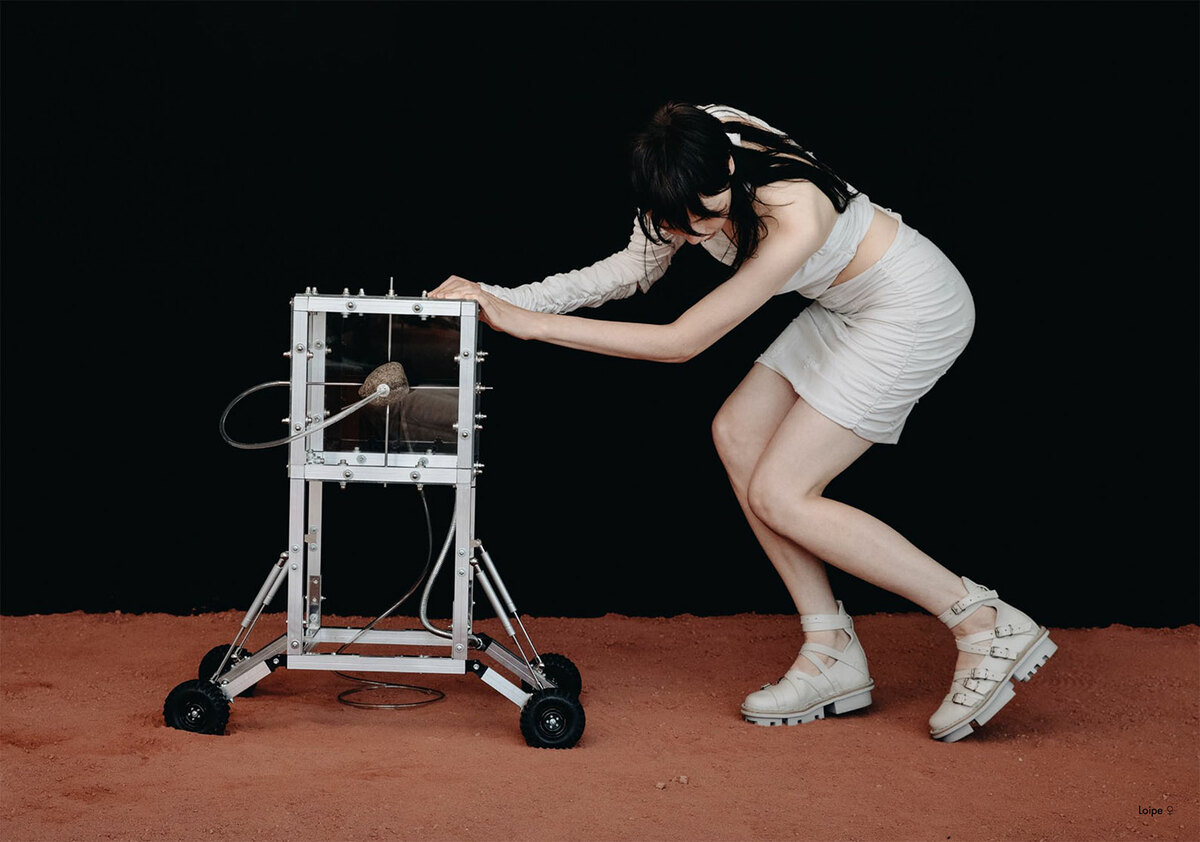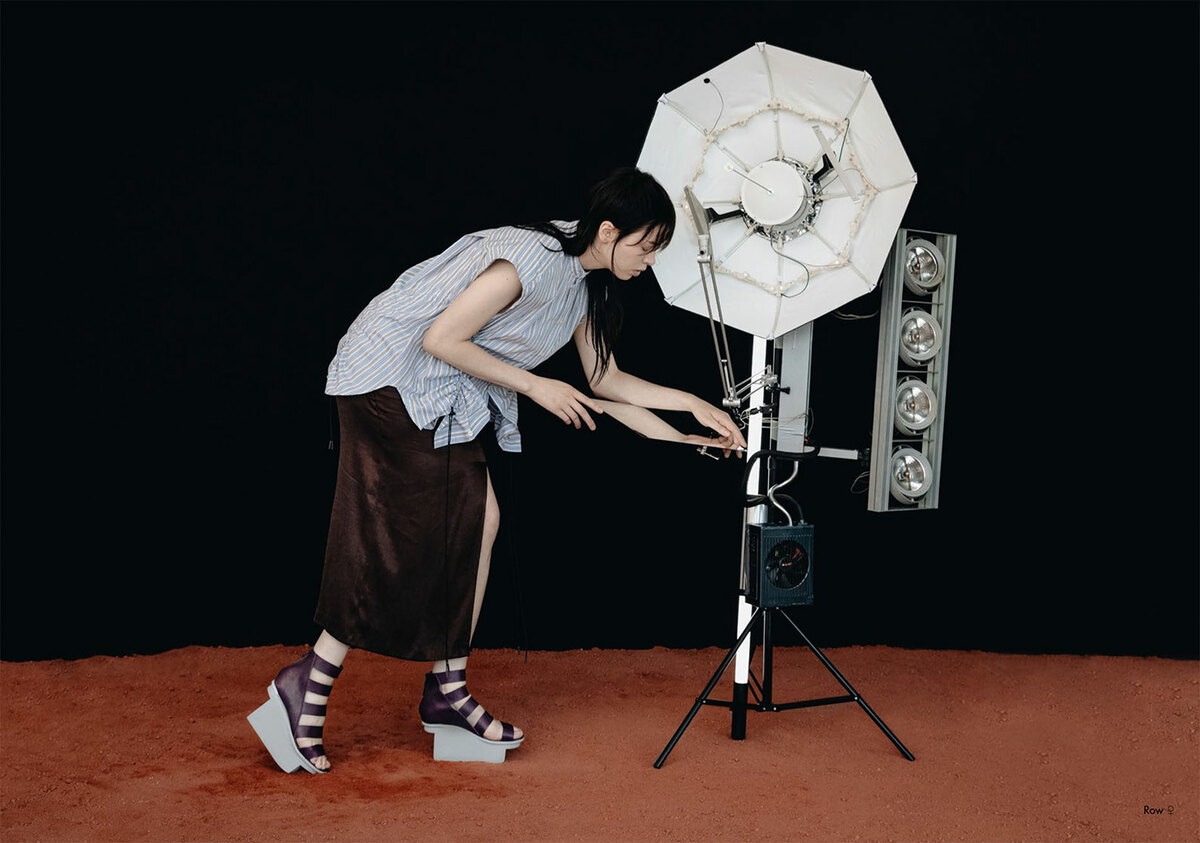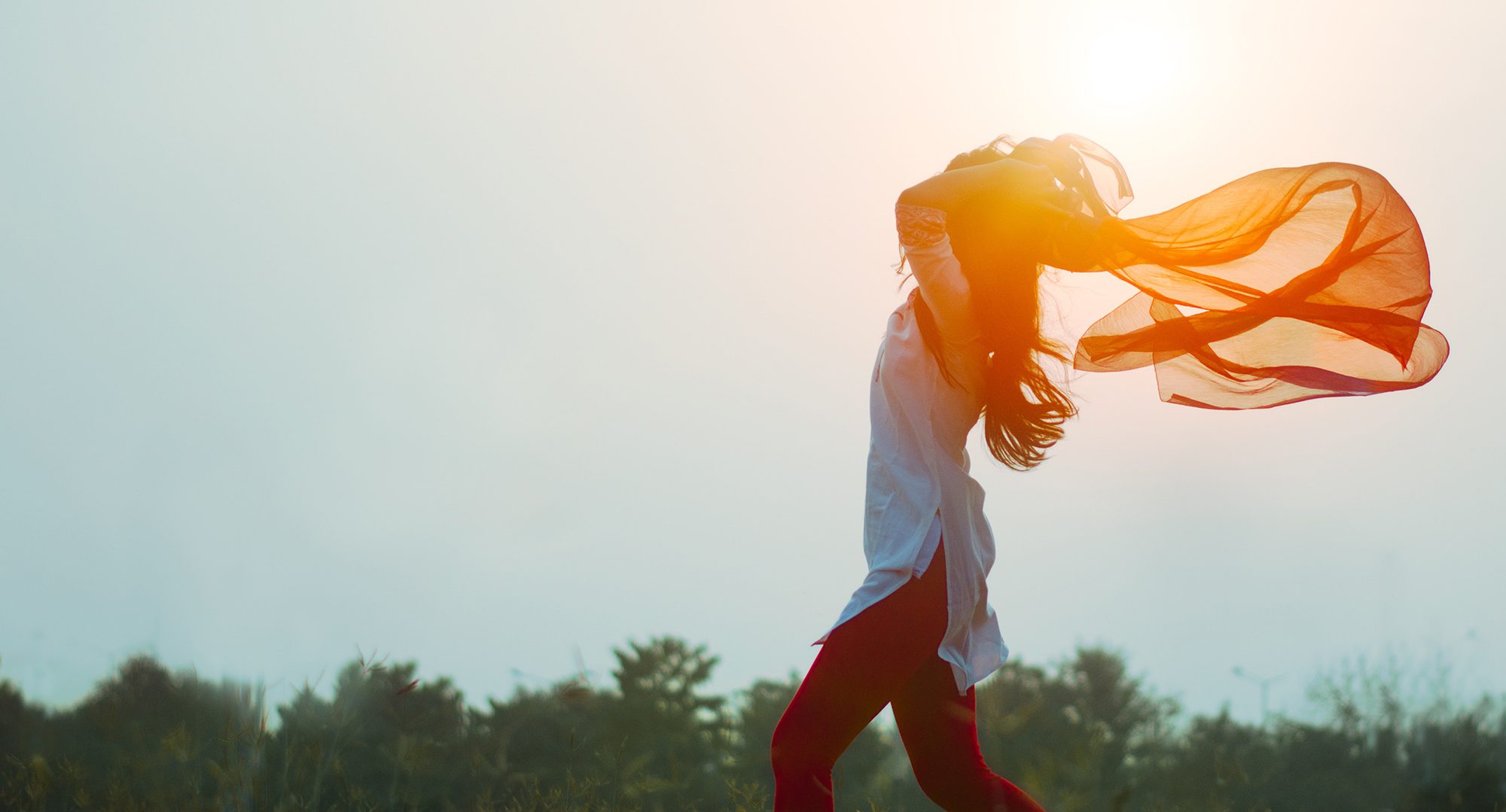Trippen, the sustainble internationally renowned avant-garde shoe brand from Berlin, was founded three decades ago. We are pleased that Michael Oehler, founder of Trippen, took the time to answer our questions about the advantages of local production, the challenges as well as the role of local customers.
Setting up its own production facility near Berlin allows Trippen to offer its customers personalisation and reordering – important success factors in the fashion industry today. Even more important for us is that Trippen takes social responsibility in its local community.
The “made in Germany” is an important pillar for the internationalisation success of the label. About 80% sales are made internationally. Even in the local shops, mostly tourists buy the shoes. Local customers need to be aware of the treasure that is right in front of them, to make local production the key to sustainability. So let’s get to know Trippen…
What is Trippen all about?
Berlin, 1991. Inspired to translate a new vision of sustainability into avant-garde shoes, Angela Spieth and Michael Oehler founded Trippen. Embodying the spirit of their reunited city, the designers forged a distinct style through an interplay of restraint and creativity.
Rubber sole moulds were reduced to a few styles chosen for optimal comfort while leather uppers offered limitless possibilities for creative expression. The signature design language that has since earned Trippen its international cult status emerged from this framework, to which the label remains true today—playfully referencing fashion’s shifts while transcending them with a timeless aesthetic.
Each new style adds a point of distinction to the brand’s living archive, which contains over 1600 models available for re-order. In honour of its customers’ creativity, Trippen’s bespoke ‘Made for You’ service invites individuals to personalise their pair by selecting both leather style and sole colour.
Why did you decide to produce locally? What advantages do you see in it?
Social responsibility is foundational to the Trippen universe. In 1998, the brand established its own production facility in a former GDR shoe production area in Zehdenick, Brandenburg.
Manufacturing in-house allows fabrication to occur on demand, reducing waste while optimising quality control and flexibility. Experimental concepts can be tested quickly, generating truly unique designs.
It also allows Trippen to keep its pricing honest. Investments in marketing and packaging are reduced to a minimum, allowing revenue to go directly towards premium materials and labour costs. Ensuring wages are equitable and working conditions fair is top priority, especially given Trippen’s commitment to reducing unemployment and promoting social integration in its local community. During the ’90s, migrants who had fled the Balkan Wars were welcomed into the workforce—efforts that today extend to recent refugees from Afghanistan, Somalia, and Syria, as was recognised by Trippen’s 2018 Brandenburg Integration Award.
What skills are necessary for local production? How did you acquire the knowledge?
As we produced in the beginning in Germany and Italy as well, we build up an infrastructure in Italy for machinery and materials. Step by step we brought machinery and technics to Germany. Today we still working mostly with this infrastructure. We always designed for the potential of our team, the collection and the team was growing together.
What challenges have you encountered in implementing local production?
The hardest is to fill the production the whole year round.


Trippen is a pioneer when it comes to the combination of sustainability and local production. The insights show that in-house manufacturing demands infrastructure, know-how, and full order books. It gives you the possibility to take over responsibility for your value chain and make a difference in local work communities.
www.trippen.com
www.instagram.com/trippen.official
photos copyright by Trippen
Trippen Spring/Summer 21 — Back to the Future: Art Direction & Set Design: Jakub Kubica Photos: Jose Cuevas Styling: Rudolfs A. Packevics Make up: Naomi Gugler Models: Ananya, Andreas Art Installations: Jakub Kubic


